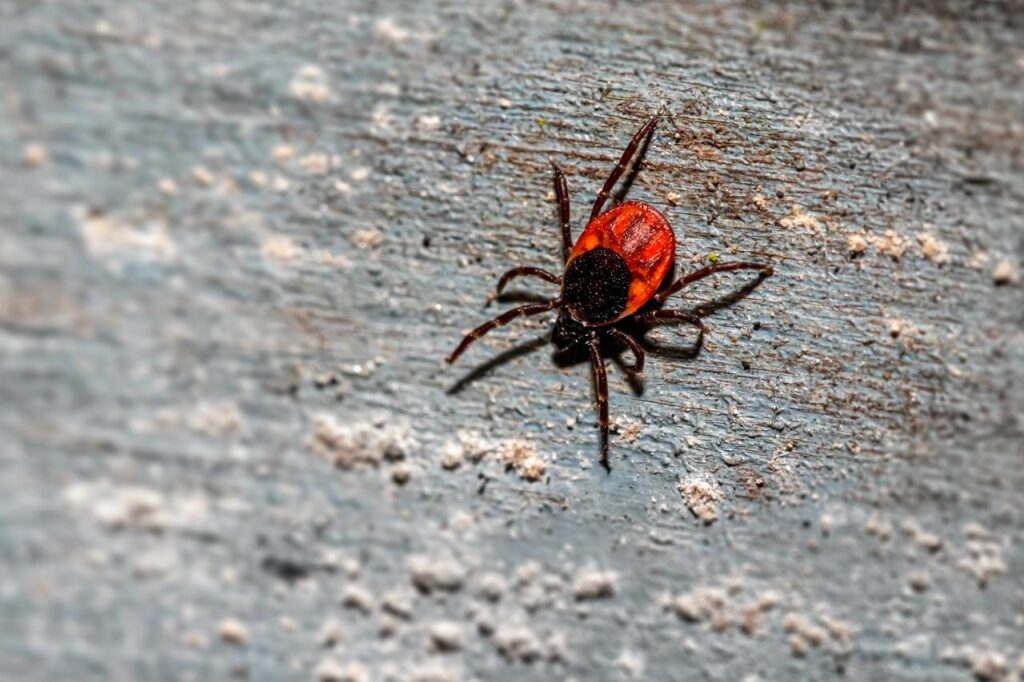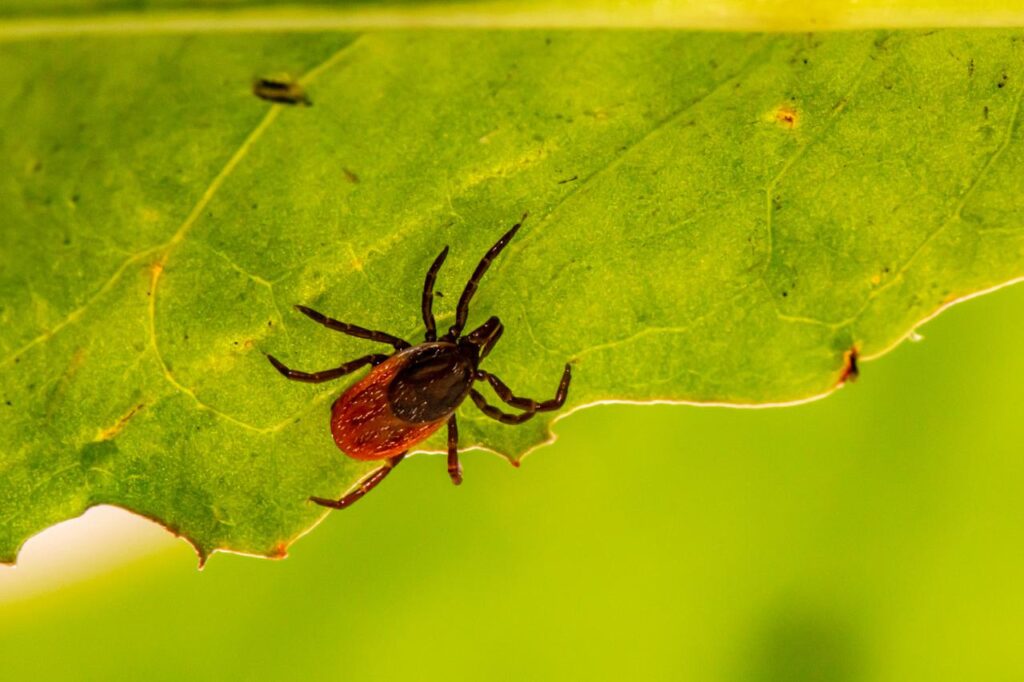A vibrant green lawn you can be proud of is a great benefit for any homeowner to enjoy. Whether it’s large or small, it provides an open green space for you, your friends and family, and your pets to enjoy. But there are certain threats to be found lurking in your grass. If you’re not careful, any person or animal passing through your lawn could find themselves dealing with a tick problem.
Ticks can enter your lawn by hitchhiking their way there off the back of many different types of people or animals. Whether it’s a neighbor’s dog or child, or even a wild animal passing through your property, ticks may have many different opportunities to enter your grass. A tick problem can be a serious one, putting you at risk of contracting any number of serious diseases or infections, some of which could cause debilitating long-term effects.
The good news is that there are steps you can take to prevent tick infestations in your lawn. Some of these, like frequent mowing, are simple enough for most homeowners to handle. If an infestation has already begun to develop, however, you may need to be prepared to employ pesticides to resolve the issue.
In this blog post, we’ll explain the scope of the threat ticks pose to both your own health and that of your lawn, offer more details concerning how ticks may arrive in your grass, and outline some tactics for preventing or removing their presence in your lawn.
The threat of ticks in your lawn
As mentioned previously, ticks pose potentially serious threats to your health. A bite can transfer any number of different types of pathogens into your bloodstream, including tularemia, anaplasmosis, and Lyme disease, a bacterial infection with flu-like symptoms that, if left untreated, can spread and affect your nervous system, joints, and heart. Some tick-borne diseases, like Rocky Mountain Spotted Fever, can be especially deadly.
Ticks, like other pests, can negatively impact the health of your lawn through activities like burrowing, which thin out and deplete your lawn. However, the real threat lies with what they can do to you or any other person or animal passing through your lawn that they’re able to latch onto. Even if the problem hasn’t spread enough to visually impact your lawn, even a small infestation could prevent a serious danger that prevents you from safely using your space.
How do ticks enter your lawn?
Ticks enter your lawn in the same way they’re likely to leave it: by latching onto a person or animal that happens to pass through the area. Once they’ve attached themselves to a creature, ticks can be very difficult to remove, allowing them to essentially piggyback their way onto your property. This is most likely to happen as a result of wild animals, particularly larger ones like deer, accidentally wandering onto your lawn.

Tick prevention tactics
Some of the steps you can take to prevent a tick presence from developing on your lawn are to prevent as much wildlife as possible from trespassing and to regularly engage in certain basic tasks like mowing and removing leaves and trash. To keep animals from wandering onto the property, you may find it helpful to build a fence around your lawn. Other wide barriers made of materials like gravel can also help prevent ticks from migrating into your grass.
If ticks have already developed a presence in your yard, however, it may be time to apply pesticides to remove them and keep your lawn safe for family and visitors. Andora Lawn Care can help apply pesticides the right way and guide you through effective tick prevention guidelines. You can schedule an appointment with us now or contact us to get more information.



